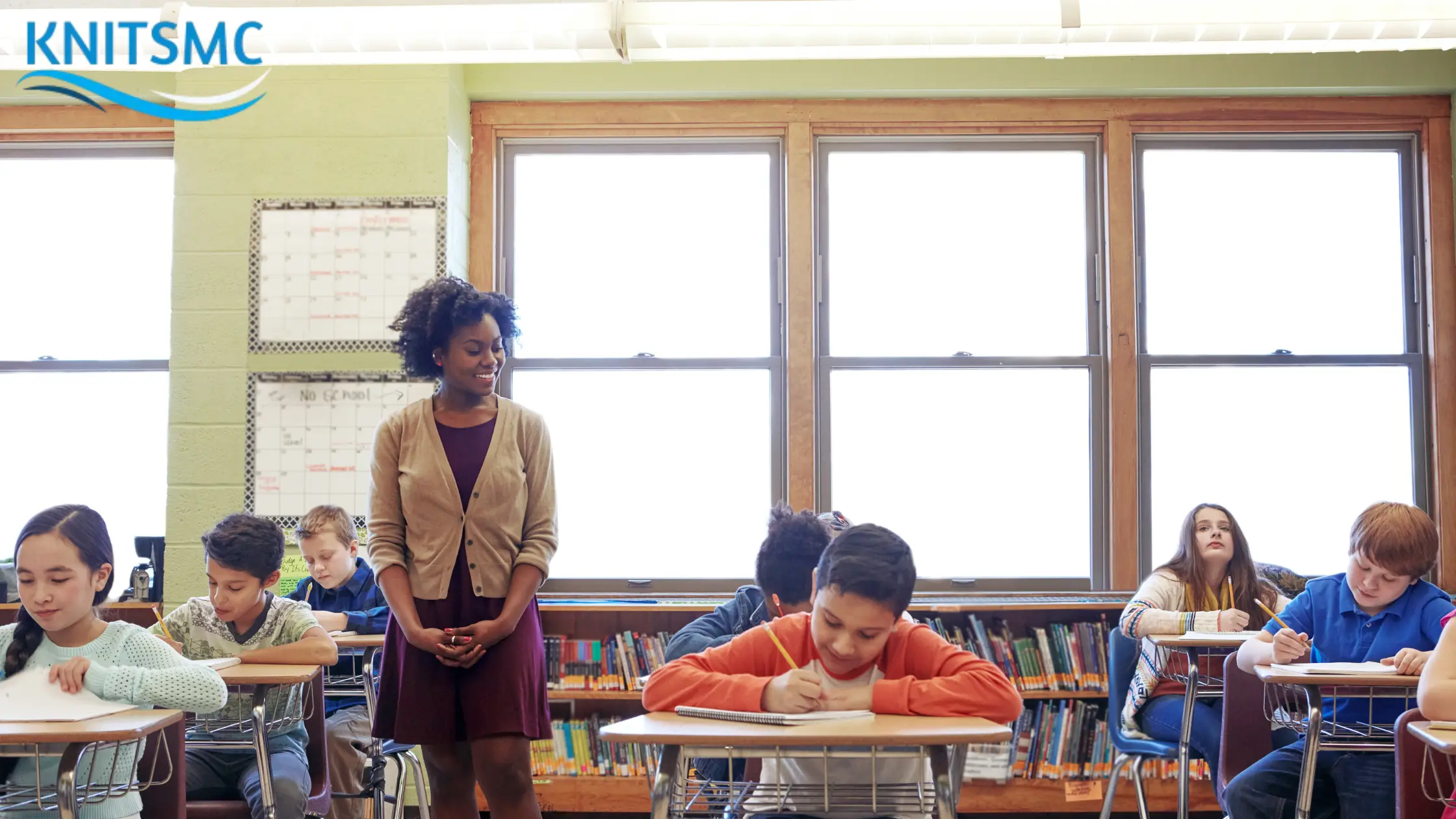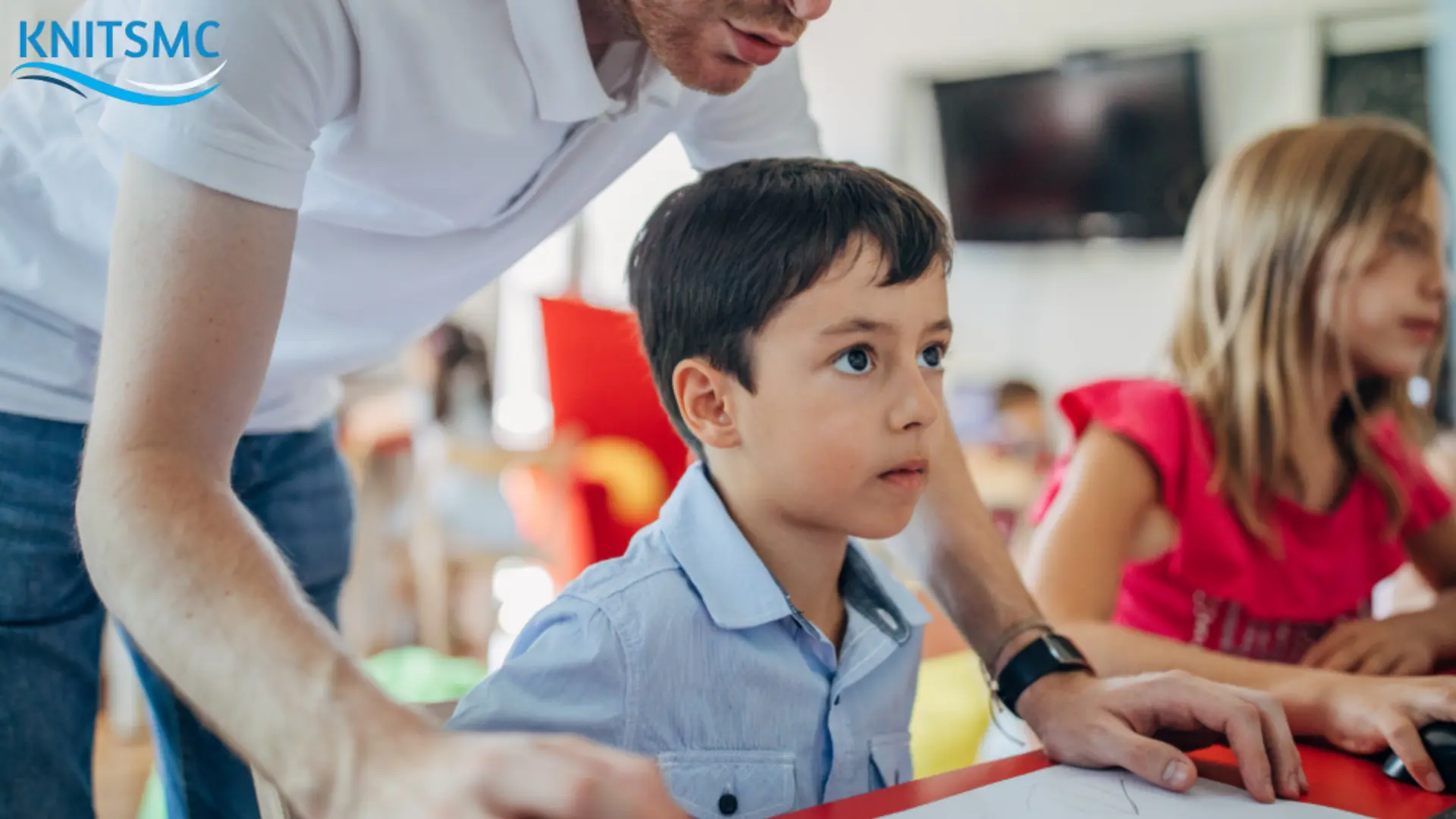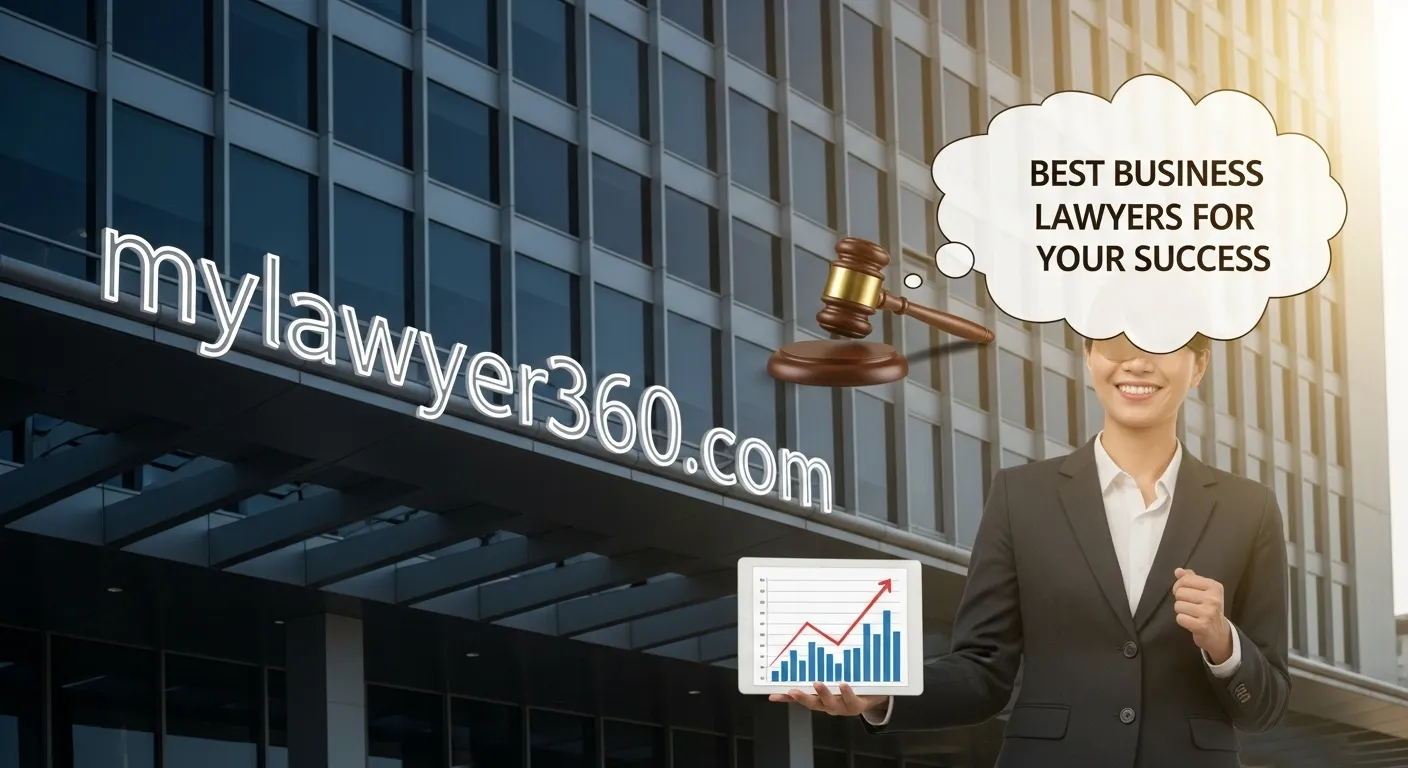Table of Contents
In today’s world, education is constantly evolving. The concept of Chapter Six Education Progressive is at the forefront of this transformation. This article delves into the latest exciting updates and reveals how this approach is reshaping the future of learning. Let’s explore how Chapter Six, Education Progressive, is making a difference.
What is Chapter Six, Education Progressive?
Chapter Six Education Progressive emphasizes student-centred learning, creativity, and critical thinking, incorporating education as conservative and progressive perspectives. This approach, detailed in chapters vii, xvi, and xxi, explores education as formation and as recapitulation. Through native activities, interaction, and reconstruction, students engage meaningfully with subject matter, material, and content. This process unfolds naturally, aligning with naturalism and humanism, fostering individualistic learning and addressing present educational problems effectively.
Transforming Education
Chapter 6 of Democracy and Education promotes continuous reconstruction of experience, emphasizing the central role of activity and instruction. Students explore topics’ history, theory, and meaning while developing skills through presentation, step-by-step instruction, and native activities. By focusing on external rewards and intrinsic values, learners actively engage with documents, pages, and experiences that modify perspectives and increase understanding. This prepares them for the demands of the 21st century. more info here: Is Genghis Khan older than Jesus?
The Core Principles of Chapter Six Education Progressive
Emphasis on Student-Centered Learning
Chapter Six Education prioritizes students’ needs and interests. This approach allows students to take an active role in their education, encouraging them to explore subjects that interest them and pursue their passions. As a result, learning becomes more exciting and personalized.
Promoting Creativity and Innovation
Creativity and innovation are critical components of Chapter Six Education. Students are encouraged to think creatively and unconventionally when solving issues. This approach fosters a love for learning and helps students develop skills essential for success in today’s rapidly changing world.
Critical Thinking and Problem-Solving
Critical thinking and problem-solving are at the heart of Chapter Six Education. Students are taught to analyze information, think critically, and develop solutions to complex problems. This prepares them for real-world challenges and helps them become independent thinkers.
Latest Updates in Chapter Six Education Progressive
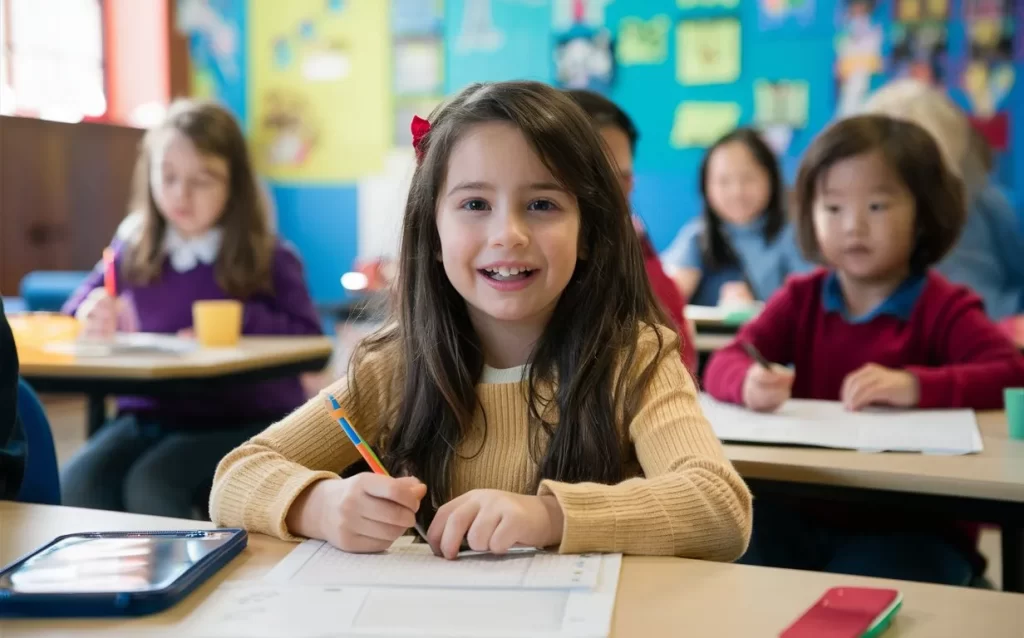
Integrating Technology in the Classroom
One of the most exciting updates in Chapter Six of Education is integrating technology in the classroom. From interactive whiteboards to online learning platforms, technology is transforming the way students learn. These tools make learning more engaging and accessible, allowing students to explore new subjects and develop digital literacy skills.
Collaborative Learning Environments
Collaborative learning environments are another key aspect of Chapter Six Education. Students collaborate on projects, exchange ideas, and gain knowledge from one another. Students who use this collaborative approach are better able to build communication and teamwork skills, all of which are necessary for success in today’s environment.
Focus on Social and Emotional Learning
Social and emotional learning (SEL) is an important component of Chapter Six Education Progressive. This approach recognizes the importance of students’ emotional well-being and teaches them how to manage their emotions, build relationships, and make responsible decisions. SEL helps create a supportive and inclusive learning environment where all students can thrive.
How Chapter Six Education Progressive is Transforming Future Learning
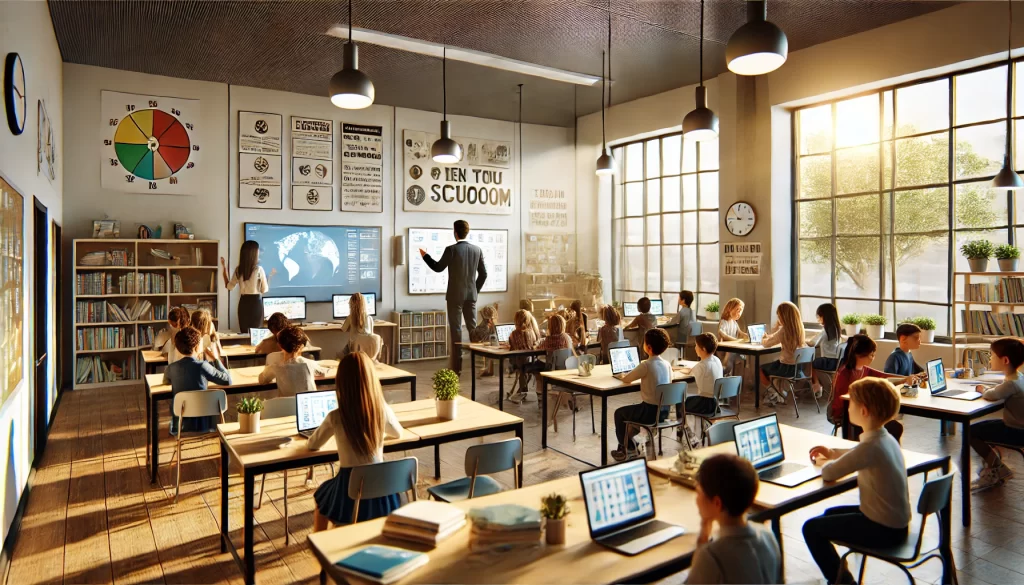
Preparing Students for the Future
Chapter Six Education Progressive gives kids the tools they need to thrive in a world that is changing quickly so they are ready for the future. By focusing on creativity, critical thinking, and collaboration, this approach helps students develop the abilities necessary for success in the twenty-first century.
Creating Lifelong Learners
One of the main goals of Chapter Six Education Progressive is to create lifelong learners. By fostering a love for learning and encouraging students to explore their interests, this approach helps Students acquire an enduring desire for studying. This prepares them for continuous growth and development throughout their lives.
Building a More Inclusive Education System
Chapter Six Education Progressive also aims to create a more inclusive education system. By identifying and meeting the various requirements of the kids, this approach ensures that all students have the opportunity to succeed. This helps create a more equitable and just education system where all students can thrive.
Challenges and Opportunities
Overcoming Resistance to Change
One of the main challenges facing Chapter Six Education Progressive is overcoming resistance to change. Many educators and parents are accustomed to traditional methods of teaching and may be hesitant to adopt new approaches. However, these difficulties can be addressed and overcome with the correct assistance, and the benefits of this progressive approach can be realized.
The Role of Teachers
An essential component of Chapter Six Education’ Progressive’s success is the involvement of teachers. They need to be well-trained and supported to implement this approach effectively. Professional development and ongoing support are essential to help teachers adapt to new methods and provide their kids with meaningful and captivating learning opportunities.
Also Read: Necessitats Educatives Especials: Inspiring Journeys and Breakthroughs.
Final Thoughts
This summary of Chapter 6, Education Progressive, highlights effective learning through action, view, and reconstruction of the past. The account of earlier presentations constitutes a break from traditional methods, emphasizing formation and dynamic connections between form, control, and type of learning. As students conceive solutions and find opportunities, they produce original thoughts at the core of a modern, engaging education system.
Moving Forward
As outlined in Owl Eyes resources, certain defects in conventional systems occur due to rigid structures. Instead, education as a conservative and progressive method adopts naturalism and humanism principles. Learners navigate options to explore central subject matter while engaging in native activities and shaping their knowledge. This approach encourages continuous reconstruction, ensuring millions of students benefit globally by transforming education into a meaningful and impactful experience.


